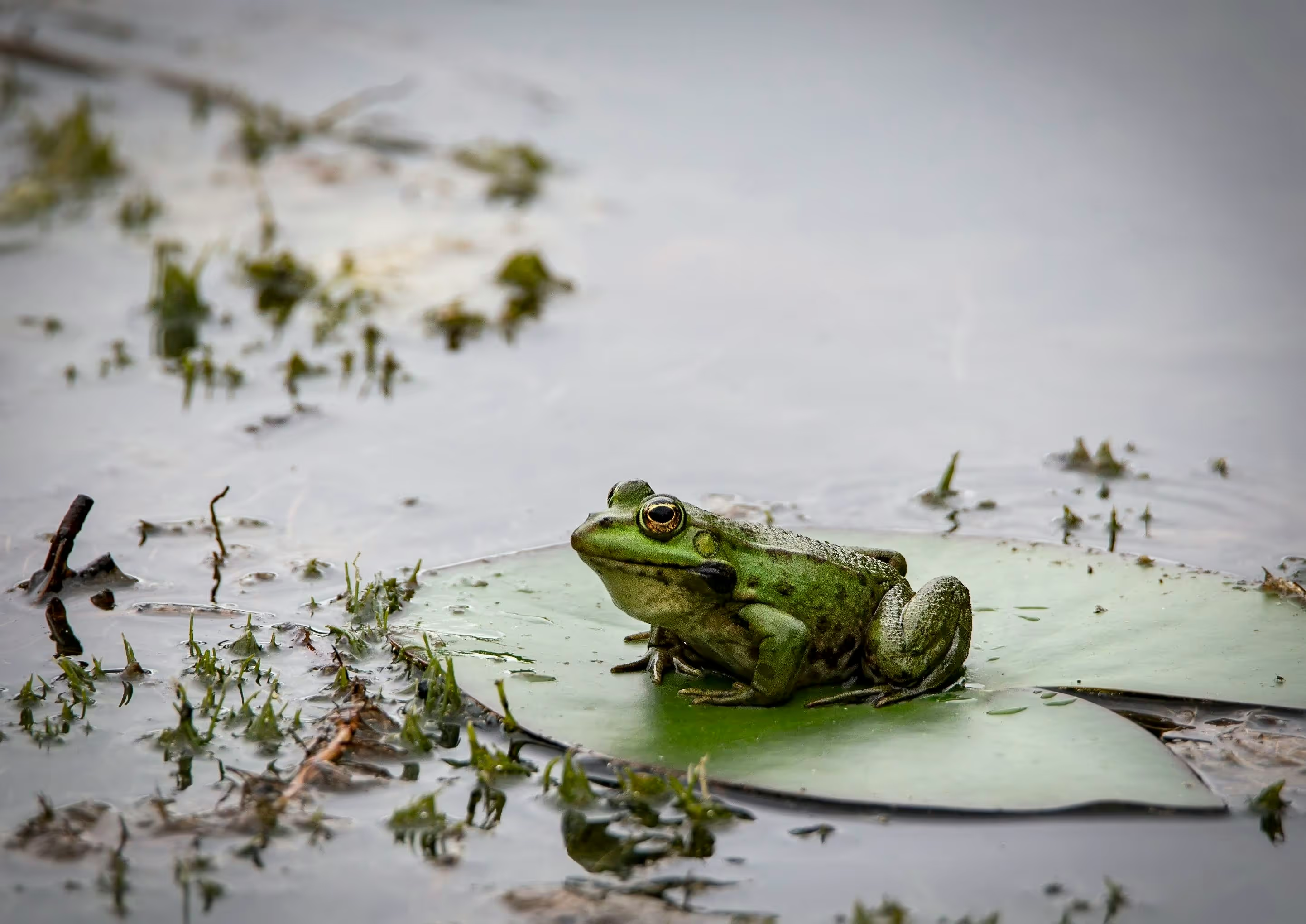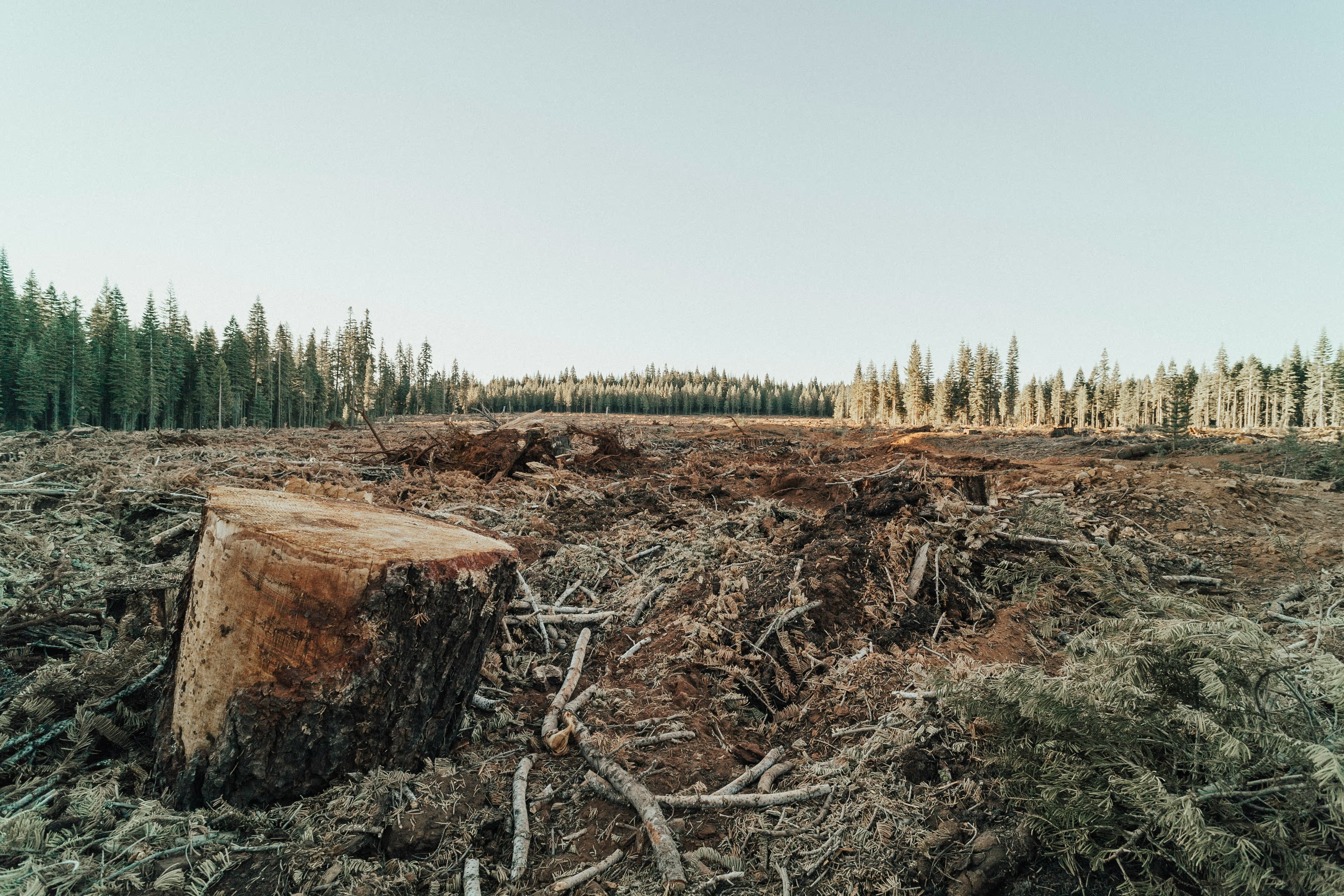


Wetlands are among the most productive and ecologically significant ecosystems on Earth. These unique environments, where water saturates the soil either permanently or seasonally, support a rich diversity of plant and animal life. Understanding wetlands is essential for environmental sustainability, as they play a crucial role in maintaining ecological balance, mitigating climate change, and supporting biodiversity.
Despite their importance, wetlands face significant threats from human activities and environmental changes, making conservation efforts essential. Protecting these ecosystems ensures they continue to provide critical services such as water purification, carbon sequestration, and flood control. Raising awareness of their value is key to preserving these vital landscapes for future generations.

Wetlands are ecosystems where water covers the land for extended periods, either seasonally or year-round. These environments are characterised by their water-saturated soils, specialised vegetation, and distinctive wildlife. They play an essential role in regulating water flow, filtering pollutants, and providing habitat for countless species.
There are several types of wetlands, each with unique features and ecological functions:
Water availability is the defining characteristic of wetlands. The presence of water influences soil composition, plant growth, and the species that inhabit these areas. Hydrological processes in wetlands include seasonal flooding, groundwater seepage, and tidal flows, all of which contribute to their ecological functions and overall health.
Wetland soils, often referred to as hydric soils, are saturated with water for extended periods, leading to low oxygen levels. This unique soil composition supports specialised plant species, such as cattails, mangroves, and sedges, which have adapted to thrive in waterlogged conditions. These plants play a crucial role in stabilising the ecosystem by preventing erosion and filtering pollutants, improving overall water quality and ecosystem resilience.
Wetlands also serve as biodiversity hotspots, supporting a vast array of species. Birds, amphibians, fish, and mammals depend on wetlands for breeding, feeding, and shelter. In the UK, species such as otters, herons, frogs, and dragonflies thrive in wetland habitats, which underscores their importance in maintaining ecological diversity and providing critical ecosystem services.

Wetlands provide crucial habitats for numerous species, many of which are endangered or found only in specific regions. They serve as breeding grounds, migration stopovers, and feeding areas, supporting complex food webs and ecological interactions. Additionally, wetlands act as natural water filters, trapping sediments, absorbing pollutants, and breaking down organic matter. By removing excess nutrients and contaminants from water, wetlands improve overall water quality and contribute to healthier ecosystems.
These ecosystems also function as natural buffers against flooding by absorbing excess rainwater and reducing the impact of storm surges. This helps regulate water flow, preventing erosion and minimising damage to surrounding areas. Furthermore, wetlands are highly effective carbon sinks, storing significant amounts of carbon dioxide in their soils and vegetation. Peatlands, in particular, hold vast carbon reserves, helping mitigate the effects of climate change by reducing greenhouse gas emissions and promoting climate stability.
Many communities depend on wetlands for their livelihoods, engaging in fishing, agriculture, and harvesting natural resources. Wetlands provide food, raw materials, and water, which are essential for sustaining local economies. They also contribute to sustainable agriculture by maintaining soil fertility and regulating water supply.
Additionally, wetlands attract tourists, nature enthusiasts, and researchers, generating revenue for local communities. Birdwatching, boating, and guided tours create opportunities for ecotourism, promoting conservation and sustainable development. This not only boosts the local economy but also raises awareness of the importance of wetland conservation efforts.

By storing vast amounts of carbon, wetlands help mitigate climate change. However, when degraded, they release carbon dioxide and methane, exacerbating global warming. Draining and destroying wetlands disrupts their ability to store carbon, worsening climate change and increasing atmospheric greenhouse gas levels.
Rising temperatures, sea level rise, and altered rainfall patterns further threaten these ecosystems. Healthy wetlands enhance climate resilience by buffering against extreme weather events, stabilising coastlines, and regulating water availability. Protecting and restoring wetlands is essential for adapting to climate change, ensuring that these ecosystems continue to function as natural climate regulators.

The destruction of wetlands is driven by various human activities, including urban expansion, agriculture, and deforestation.
In addition, land conversion for development and drainage projects significantly reduces wetland areas, disrupting their natural hydrology and causing habitat loss. Pollution also poses a major threat, with agricultural runoff, industrial waste, and invasive species degrading these fragile ecosystems.
Climate change also poses serious risks, with rising temperatures, changing precipitation patterns, and rising sea levels threatening wetlands. Coastal wetlands, in particular, are at risk of submersion due to climate-induced changes. Without proper conservation efforts, wetlands could continue to decline, leading to severe ecological and economic consequences.
The Ramsar Convention, an international treaty dedicated to wetland conservation, plays a crucial role in promoting sustainable management and protection. As part of these efforts, World Wetlands Day, observed annually on 2nd February, helps raise awareness and encourages proactive conservation initiatives. Recognising the ecological and economic significance of wetlands, many countries have introduced restoration projects and legal frameworks to safeguard these vital ecosystems.
Conservation efforts take many forms, from establishing wetland reserves and implementing reforestation initiatives to enforcing pollution control measures. Individuals also have a role to play by participating in clean-up efforts, reducing water pollution, and advocating for sustainable policies, they can help protect these fragile environments. Environmental organisations further strengthen conservation through research, education, and advocacy, ensuring wetlands receive the attention they deserve.
At Greenspark, we are dedicated to wetland conservation and actively support their restoration through mangrove reforestation. Mangrove forests are particularly valuable in the fight against climate change, as they stabilise coastlines, prevent erosion, and absorb significant amounts of carbon emissions. Our reforestation efforts in Kenya have had a profound impact, helping to protect biodiversity, revive degraded ecosystems, enhance fisheries, and support coastal livelihoods. By restoring these critical wetlands, we are not only preserving vital habitats but also contributing to long-term climate resilience.

Wetlands are indispensable to ecosystems, economies, and climate stability. They provide essential services such as biodiversity conservation, water purification, and carbon sequestration. However, wetlands face mounting threats from human activities and environmental changes, necessitating urgent conservation efforts to protect these irreplaceable landscapes.
Protecting wetlands is not just an environmental obligation but a collective responsibility. By raising awareness, supporting conservation projects, and advocating for sustainable policies, we can ensure that wetlands continue to thrive for generations to come.
Interested in getting involved in wetland conservation? You can get started today through Greenspark, and support the restoration of Mangroves in Mombasa, Kenya. You can learn more about this amazing project here.
In addition, support local initiatives, educate others, and advocate for stronger environmental protections. Every effort counts in safeguarding these crucial ecosystems and securing a healthier planet for future generations.
